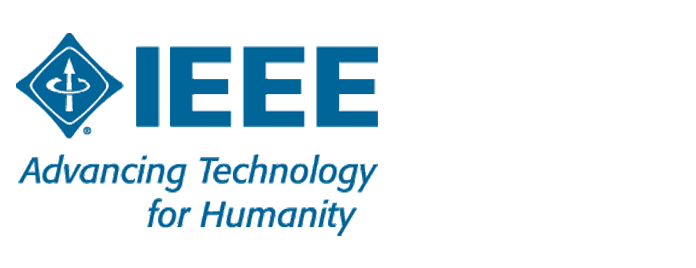The current blockchain has problems such as a wide variety of chains, independent design rules for each identity account, and different cryptographic curve signature algorithms. If the traditional private key mode is used to manage multiple accounts on the same chain or multiple accounts on different chains Identity requires users to perform multiple backups, and faces complex management and authentication problems. Therefore, the design of hierarchical deterministic schemes and related proposals have emerged. The IEEE P3209 standard will unite many blockchain technology providers to jointly formulate international standards for hierarchical deterministic schemes, output uniform and standardized cryptographic derivation rules between different chains, and determine multiple blockchains through mutual signature and self-certification of private keys of different chains. The same identity corresponding to the public and private keys on the chain.
IEEE P3209
https://standards.ieee.org/project/3209.html


